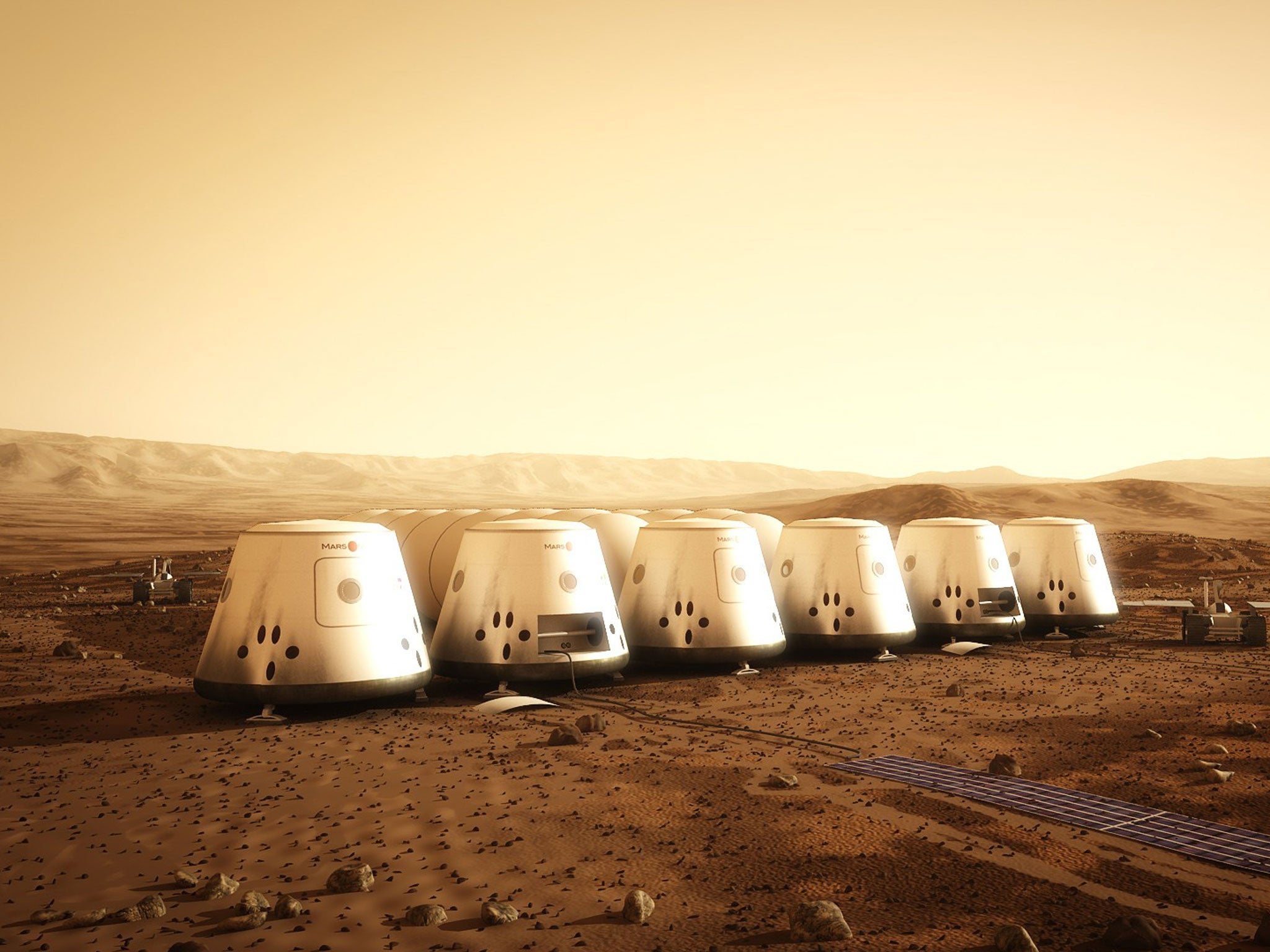Mars One: the dream of a reality-TV funded colony in space gets closer
The Mars One project will cost approximately £4bn; 40 applicants will be trained for 8 years before viewers vote for the final 4-person crew

Applications for the Mars One expedition – a one-way trip to the red planet scheduled for 2025 – have now closed, with the non-profit organization behind the project announcing this week that more than 200,000 individuals have applied to take part.
The applicants will be whittled down to a final 40 by 2015 before undergoing an eight-year training process. Hopefuls will leave behind their family and friends for ever to set up habitation on Mars. They have not been selected for a specific skill set, with the project asking only that they are “resilient, adaptable, curious, creative and resourceful.”
This latest news brings the ambitious Mars One project one step closer to its goal: a human colony on Mars funded, in part, by a reality TV show documenting the journey 24 hours around the clock. The project is projected to cost £4bn (compared to the £1.8bn cost of Nasa’s Curiosity rover), with funds supplied by a range of partnerships and sponsorships.
The co-founder and CEO of the project, Dutch entrepreneur Bas Landrop also announced this week that the organization has selected its contractors for a “demonstration mission” in January 2018.
US aerospace giant Lockheed Martin and the Guildford-based Surrey Satellite Technology Ltd will be building a Mars lander and a communications satellite, respectively, for a mission that will carry 2,500 kg of parts to the planet in preparation for human colonization.

Lansdrop said that this mission will be the "most important and most difficult step of actually getting humans to Mars,” with the Lockheed-built Lander carrying out a number of experiments (including the extraction of water from Martian soil, collecting solar energy and streaming video live) that will be necessary for future habitation by humans.
The lander’s design will be based on the successful 2007 Nasa Phoenix mission, and will build on Lockheed Martin’s extensive and proven track record in aeronautics. The communications satellite will also build on previous succesful designs from Surrey Satellite Technology and will transmit HD video back to Earth.
"With our 2018 missions, Mars One brings the settlement of Mars one step closer to reality,” said Mars One CTO Arno Wielders. “The demonstration of water production on Mars is crucial for manned missions. The live video feed from the surface camera will bring Mars closer to people on Earth.”
Lansdrop commented: “Landing the first humans on Mars should be everyone’s mission and not just the mission of one country or organization. Our 2018 mission will change the way people view space exploration as they will have the opportunity to participate. They will not only be spectators, but also participants.”
Video: Mars Rover finds traces of ancient lake
Join our commenting forum
Join thought-provoking conversations, follow other Independent readers and see their replies
Comments
Bookmark popover
Removed from bookmarks